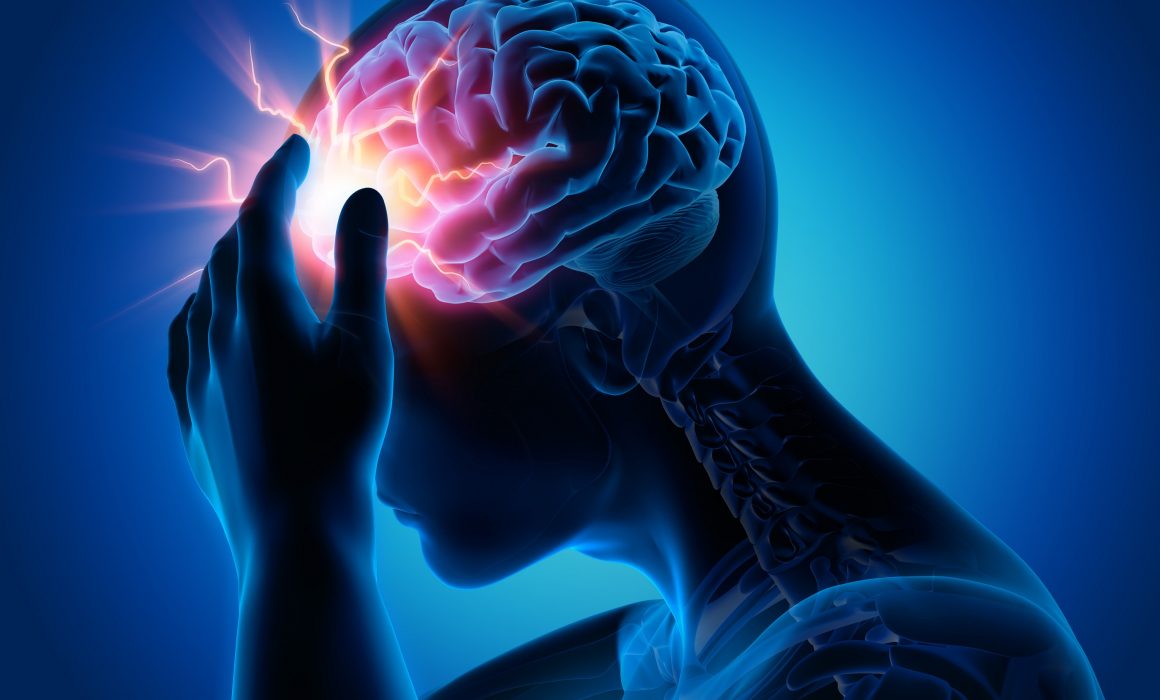Study Reveals Extent of Traumatic Brain Injuries
New research shows the effects of traumatic brain injuries among youth are more extensive than previously thought. According to this recent study, nearly 20 percent of Ontario students in Grades 7 through 12 have suffered from some form of traumatic brain injury. The definition includes any students who have either lost consciousness for more than 10 seconds or stayed at a hospital overnight because of head trauma.
Sports are the leading cause of brain injuries among youth, hockey and soccer in particular. Motor vehicle accidents and dangerous property conditions are other common causes. Among adults, motor vehicle and workplace accidents are among the leading causes.
The youth study found that, when compared with their peers, students with traumatic brain injuries had an increased likelihood of long-term mental health issues. This alleged link is consistent with other recent studies. Another investigation found between 10 and 20 percent of traumatic brain injury victims develop chronic cognitive and mental health problems. The most common long-term issues being depression, anxiety and an inability to concentrate.
It can be difficult for victims of such injuries to continue with their education, to hold down a job, to take care of themselves or others, and/or continue with a normal life. Rehabilitation and treatment may be available but impose an added burden and expense.
If the injury was the result of some other person’s negligence, the injured person has the opportunity to file a personal injury claim against those responsible. Costs related to the long term effects listed above, among others, of the traumatic brain injury would be included as part of the total compensation claim.
These recent studies highlight the importance of seeking immediate medical attention in the event of a possible brain injury. After a medical assessment, a visit to an experienced lawyer to explore the possibility of a related personal injury lawsuit should be the injured person’s next consideration.



